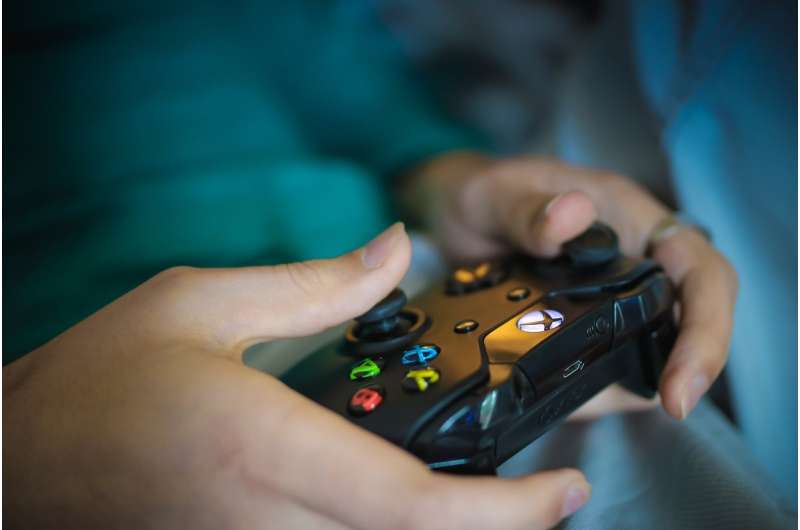Neural Patterns Reveal Why Optimists Are More Similar in Thinking Than Pessimists

New research uncovers how optimism and pessimism are reflected in brain activity patterns, revealing why optimists share similar visions of the future, influencing social connectedness.
Recent research from Kobe University sheds light on the neurological basis behind different outlooks on the future. The study found that optimistic individuals tend to have similar brain activity patterns when imagining future events, suggesting a shared neural representation of the future among them. Conversely, pessimists display much more individualized neural responses, indicating diverse ways of envisioning what lies ahead.
The research involved recruiting 87 participants across a spectrum from pessimism to optimism. While imagining various future scenarios, their brain activity was monitored using functional magnetic resonance imaging (fMRI), which captures neural patterns associated with cognitive processes.
The findings, published in the Proceedings of the National Academy of Sciences, showed that optimistic people’s neural activity during future thinking was highly consistent, whereas pessimists’ patterns varied widely. This supports the idea that optimists share a common mental framework regarding the future, potentially explaining why they are often more sociable and satisfied with their social relationships. Kobe University psychologist Yanagisawa Kuniaki noted that shared neural responses could facilitate better understanding and communication among optimistic individuals.
Further analyses revealed that there are notable differences in how positive and negative future scenarios are processed in the brain, with optimists distinguishing these more clearly than pessimists. This indicates that optimism might not be about positive reinterpretation but rather about a more abstract, psychologically distant processing of negative events.
The study raises intriguing questions about whether these shared neural mechanisms are innate or shaped through experience and dialogue. Ultimately, Yanagisawa’s work aims to deepen our understanding of social connection and reduce loneliness by uncovering how shared mental representations of the future are formed.
Stay Updated with Mia's Feed
Get the latest health & wellness insights delivered straight to your inbox.
Related Articles
MRI Research Highlights Brain Structure Differences in Children with Restrictive Eating Disorders
MRI studies reveal distinct brain structural changes in children with restrictive eating disorders like anorexia nervosa and ARFID, improving understanding for better treatments.
How Video Games Promote Gender Euphoria for Transgender Players
Research reveals how inclusive and thoughtful video game design can foster gender euphoria and affirmation for transgender players, promoting well-being and diversity.
Study Shows Psilocybin Outperforms Traditional Antidepressants in Preserving Emotional Response to Music in Depressed Patients
Recent research reveals that psilocybin enhances emotional responsiveness to music in depressed patients, outperforming traditional antidepressants like escitalopram by preserving emotional engagement and neural responses. Discover how this psychedelic compound could transform depression treatment.



